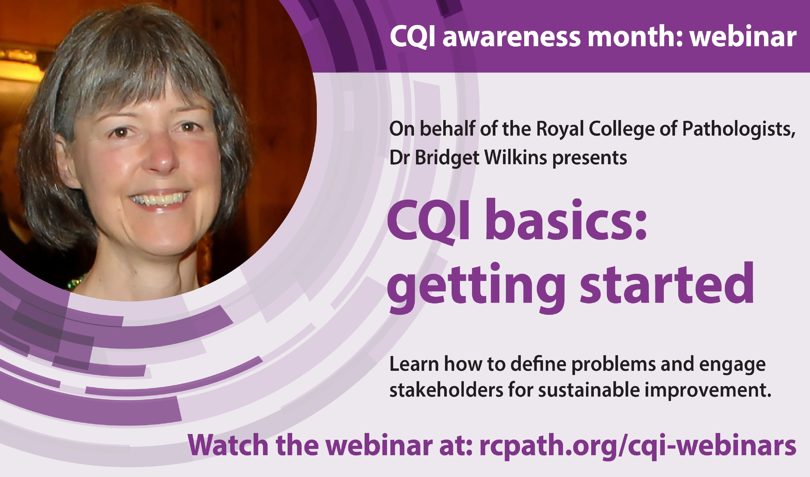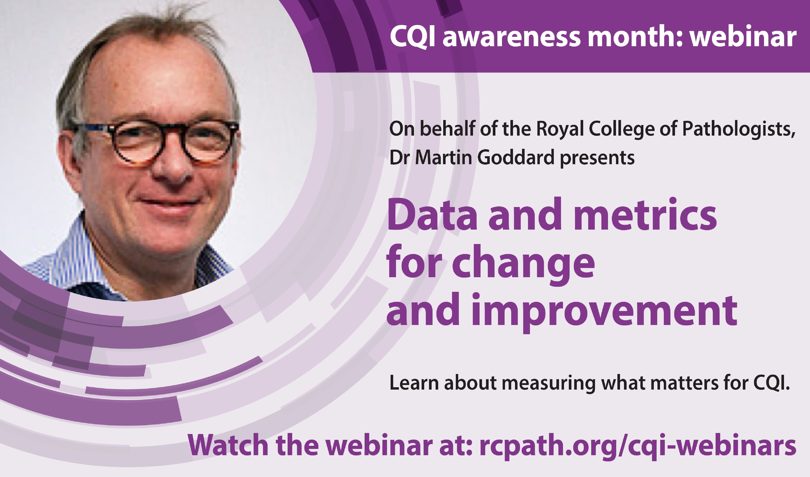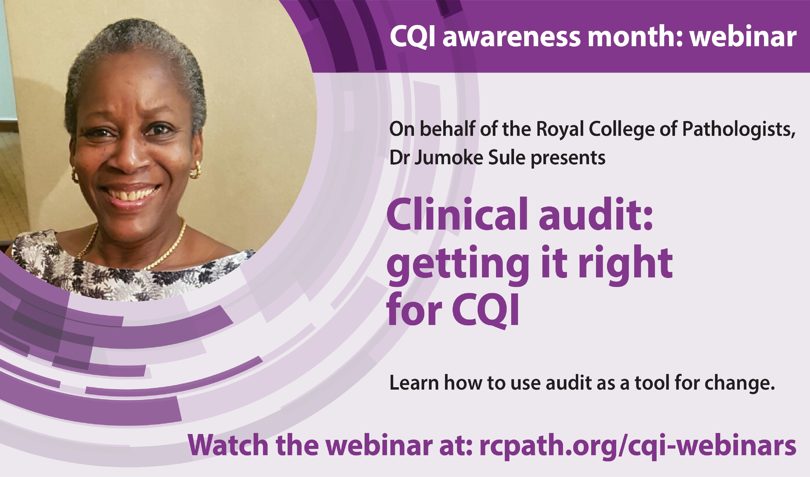College Resources for cqi and Patient Safety Awareness
See what the College has to offer to give you the confidence, knowledge and skills you need to get involved, make a change and improve patient care.
A3 tools and templates
What is A3 problem solving?
A3 problem solving is a tool that is used for reporting problems, improvements and changes in continuous quality improvement initiatives. A3 refers to the size of paper on which the report is presented. This tool uses a cyclical learning process that mirrors PDCA (Plan, Do, Check and Act) and can be a powerful tool for process improvements.
So why does A3 work so effectively in quality improvement?
- It is a simple approach to systematic problem solving, which considers how the problem (and the process of solving it) impacts other areas of the organisation
- It promotes first hand observation and documentation of how the work is done which can give accurate insights into potential problems
- It is thorough and yet can fit on one A3 page which avoids large amounts of paperwork
- It allows users to visualise the problems and systems involved and facilitates better communication
- The people closest the work can carry out A3 and solve the problem - all you need is a pencil and paper
To learn how to carry out your own A3 problem solving activity, see our Guide to an A3 problem solving report or take a look at some examples. You can also use our A3 template as a starting point.
If you would like to submit an A3 report for consideration for publication in the Bulletin, please contact the Clinical Effectiveness team at [email protected].
Guide to an A3 problem solving report
An A3 problem solving report is usually structured as follows:
PROBLEM STATEMENT
State the problem you want to address in one or two sentences. Address the problem from a service user point of view. Only include details that can be observed and quantified from the current situation.
CURRENT STATE
Determine your current state by answering the following questions: What is the problem? Why are you trying to resolve it? Support your answers with evidence. It is useful to express your answers visually through mapping or charting your information (e.g. value stream map, statistical process control chart, spaghetti map, pareto chart, process flowchart).
FUTURE STATE
Provide a statement that represents the situation you envision achieving as a result of the improvement. From this, create SMART goals for your intervention (specific, measurable, attainable, relevant and time-bounded).
ROOT CAUSE ANALYSIS
In order to improve the situation, you need to know why the problem exists. Identify contributory causes and root causes using tools such as ‘5 whys’ or fishbone (Ishikawa) diagram.
DETERMINE COUNTERMEASURES
Define and list the actions needed to achieve your planned improvement, taking into account their anticipated effectiveness, cost and time requirements. Each action should contribute to your envisioned future state.
IMPLEMENTATION PLAN
Make an action plan (use a Gantt chart or other project management system) to document how the improvements will be made, by whom and by when. In this way, you will be able to track progress and maintain accountability for each action.
EVALUATION OF RESULTS AND PROCESS
Provide details of the improvements achieved, using quantitative data if possible (e.g. run chart). Record reflections on your team’s learning from the process.
FOLLOW-UP ACTIONS
Make an action plan to record the effectiveness of the changes. Be specific: what will be measured, by whom and for how long? Think about how you will disseminate the information. Set a date for review of implementation. Additional actions to sustain or refine the improvement are identified here.
Action plan structure
| OBJECTIVE | ACTION | PERSON RESPONSIBLE | DUE DATE |
|---|---|---|---|
| 1. | 1a. | ||
| 1b. | |||
| 2. | 2a. | ||
| 2b. | |||
| 2c. |
Templates and tools
-
A3 problem solving template
October 2019
Articles
Published high quality A3 problem solving reports
-
Using A3 methodology to improve immunosuppressant sample turnaround times
From the April 2017 RCPath Bulletin.
June 2017
-
Improving the lung cancer diagnostic pathway
October 2015




